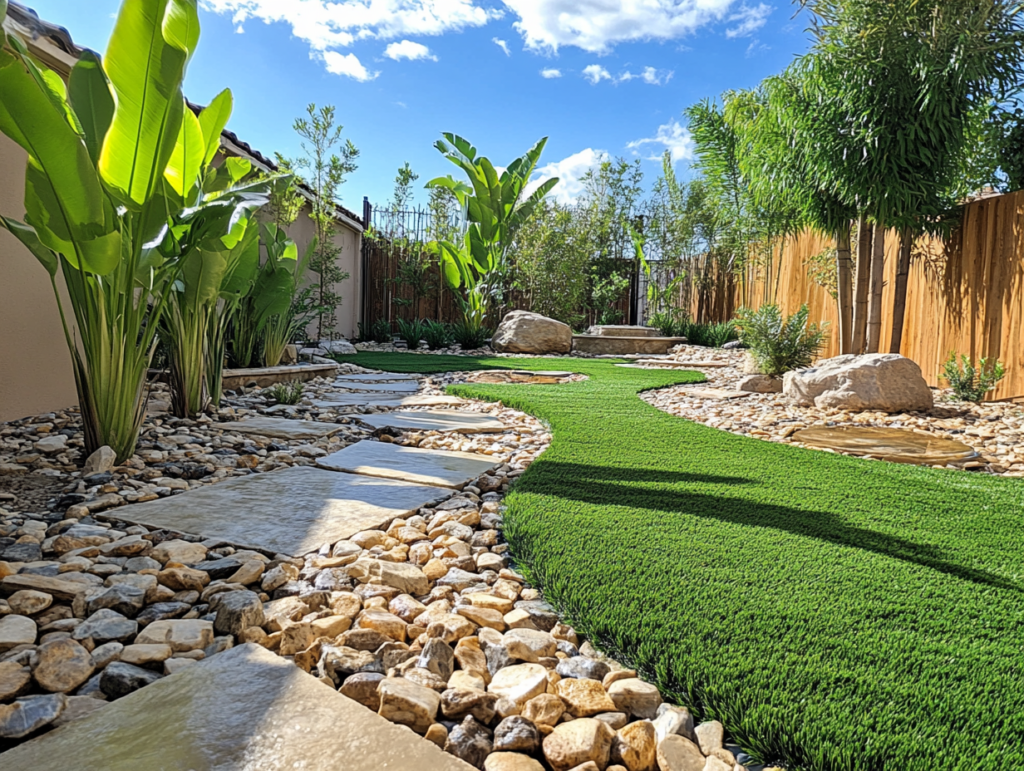Table of Contents

In the world of synthetic turf installation, choosing the right base material is a critical decision that can define the success of your project. For new contractors stepping into the industry, the variety of options can feel overwhelming. Aggregates, produced in vast quantities by rock plants, play a pivotal role in ensuring the durability and stability of your synthetic turf installation. Among these options, crushed recycled concrete has emerged as both a popular and sustainable choice, offering numerous benefits—though not without its limitations.
Understanding Crushed Recycled Concrete
Crushed recycled concrete is exactly as it sounds—broken concrete debris from demolished structures such as roads, parking lots, or buildings that is processed into a reusable aggregate. Rather than letting these materials fill up landfills, recycling facilities crush the concrete and often sell it back to the construction industry as an affordable and eco-friendly option.
For synthetic turf contractors, crushed recycled concrete provides a cost-effective, readily available base material. Its compactability, drainage capabilities, and long-term stability make it an excellent candidate for many types of installations, particularly in landscape applications.

Why Compaction Matters
Compaction is the unsung hero of synthetic turf installations. A well-compacted base prevents settling over time, ensuring the turf maintains its even surface and structural integrity. Aggregates such as 3/8 minus, decomposed granite, limestone chat, and now crushed recycled concrete are lauded for their ability to achieve high compaction rates.
Understanding the nuances of synthetic turf installation helps contractors deliver high-quality results that meet client needs.
However, the performance of any base material depends on its cleanliness. Contamination in the form of unwanted debris can undermine compaction and drainage, leading to long-term performance issues. Clean, consistent material is essential to a quality installation.
Crushed Recycled Concrete in Pet Areas: A Word of Caution
While selecting materials for synthetic turf installation, it’s essential to weigh the pros and cons of each option carefully.
While crushed recycled concrete has many advantages, it is not universally suitable for all synthetic turf applications—especially pet areas. The issue lies in the inherent properties of recycled concrete. Unlike pure rock aggregates, crushed recycled concrete is a composite material containing sand, cement, and occasionally fly ash. These components can absorb liquids, including pet urine.
Over time, this absorption can lead to persistent odors, as uric acid binds to the material. Even with diligent cleaning and the use of disinfectants, completely eliminating the smell can be challenging. For this reason, contractors are advised to avoid using recycled crushed concrete under turf installations designed for pets.

As advancements continue, the role of materials in synthetic turf installation remains crucial for sustainability. In addition, contractors must ensure that their synthetic turf installation adheres to industry standards.
The Future of Crushed Recycled Concrete
As the construction industry continues to innovate, crushed recycled concrete offers a sustainable alternative that helps reduce waste while meeting the demands of synthetic turf contractors. Its affordability, availability, and ability to compact make it a reliable choice for many applications, though contractors should always consider the specific needs of their project.
To maximize the benefits of synthetic turf installation, ongoing education and training are essential for contractors.
For landscape areas, crushed recycled concrete is a standout option. It provides excellent drainage, long-term stability, and a smooth finish, making it a favorite among contractors. However, understanding its limitations—such as its absorbent nature in pet installations—can make the difference between a good installation and a great one.
For more information on synthetic turf installation or to explore your options, reach out to our experts.

Final Thoughts
As synthetic turf continues to grow in popularity, the need for reliable base materials will only increase. For contractors, the key lies in understanding not just the properties of the materials but also how those properties align with the specific requirements of the installation.
Crushed recycled concrete is one of many tools in a contractor’s arsenal—versatile, sustainable, and effective in the right context. With careful consideration, it can contribute to installations that stand the test of time while supporting a greener future for the construction industry.
Reach us at info@SmartGrassUSA.com or call us toll-free at (844) 426-7283 to schedule a consultation and start transforming your outdoor area with SmartGrass®!






